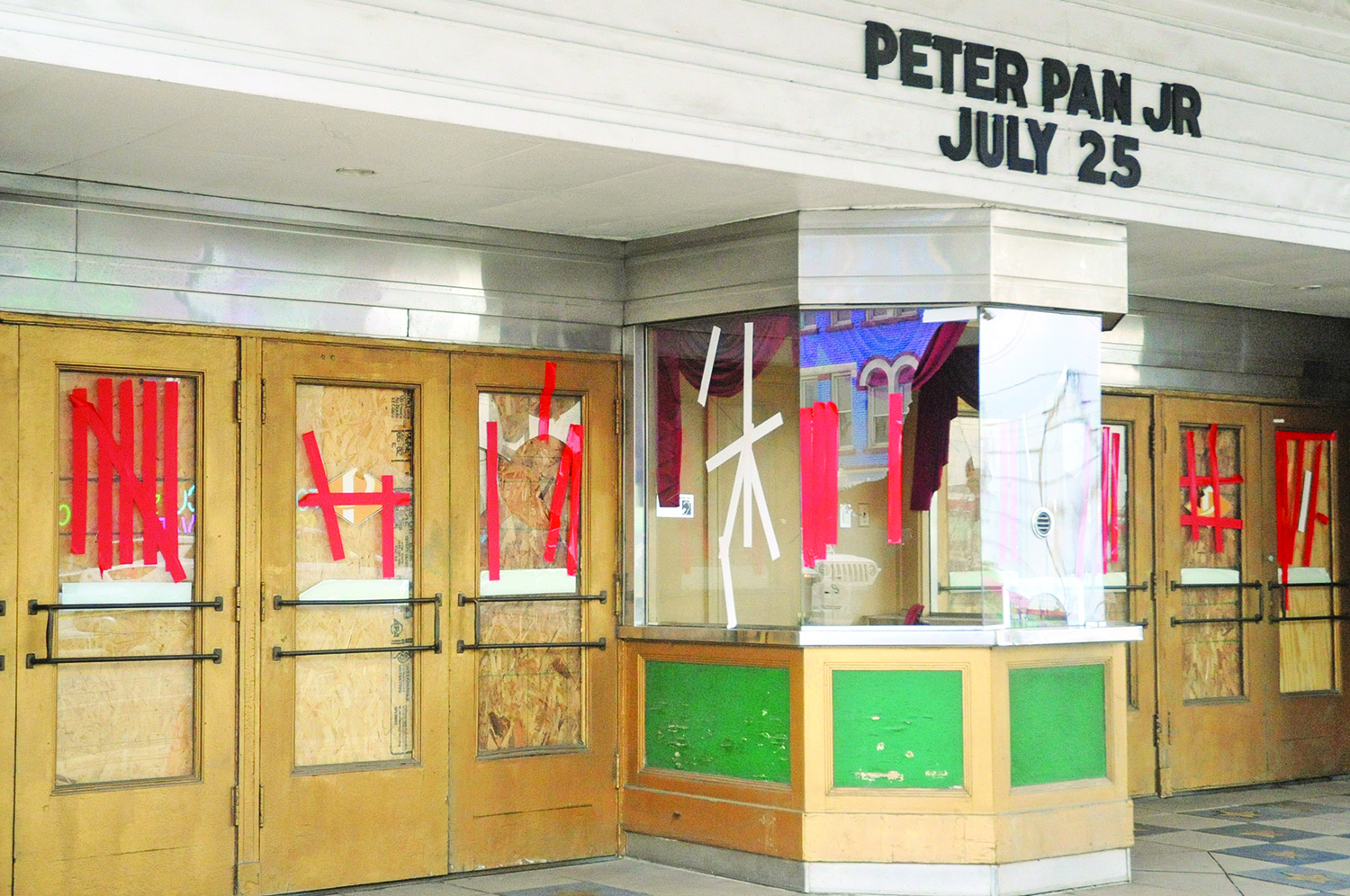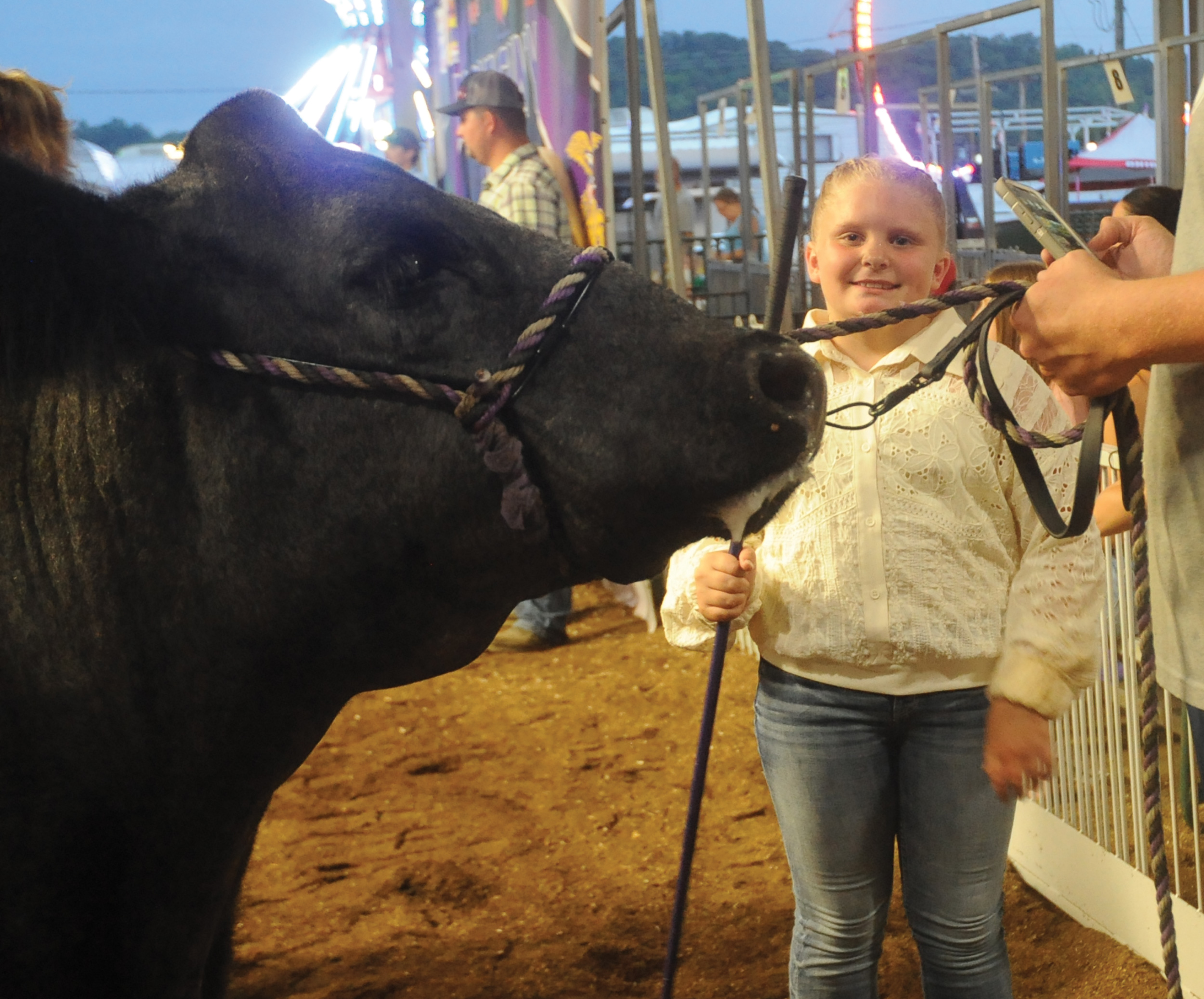D-B adds STEAM to curriculum
Published 11:53 am Tuesday, April 4, 2017
School integrates STEM, art into classroom
STEM programs, or education programs that focus on science, technology, engineering and mathematics curricula, are growing in popularity across the nation, and southern Ohio is no exception.
There are STEM programs associated with vocational and technical schools. There are stand-alone STEM schools. But at Dawson-Bryant, the administration is looking at ways to enrich the curriculum with STEAM (science, technology, engineering, arts and mathematics) based programs that students can participate in without foregoing the traditional classroom experience.
“The idea behind STEM is a lot of project-based learning,” said Dawson-Bryant Middle School principal Rick Roach.
Trending
They’ve tried to incorporate that into their health and science classes, as well as offering project-based engineering and computer classes to their middle school students.
In a health class, “it breaks up the monotony of everyday bookwork,” explained health teacher Brian Kidd,” that’s why I like to use it. It causes the kids to work together to try to solve everyday problems that they’ll face outside of school.”
Some examples of their work include strategies to reduce injuries for kids involved in sports and ways to reduce stress.
Kidd explained that the students, after doing research “came up with a question that basically drives the whole project, and then with a plan” to implement their strategy.
The kids also had free reign to present the information in pamphlets, via websites, or through other media. This brings in not only the computer technology involved in creating these presentations, but also the arts through design elements.
“Even though it’s not a STEM class,” Roach added, “We take those STEM concepts and apply them in his classroom on a regular basis, where those students have to analyze things, they have to be responsible for thinking on their own and thinking outside the box, as opposed to ‘here’s the handbook, answer the questions at the end of the chapter’ type (learning).”
Trending
The middle school also offers an engineering program for seventh and eighth graders where they do things like design and build elevators, or build model cars, complete with gearage systems.
“Gateway to technology is the starting course,” explained teacher Jearl Sasser, a retired engineer. “They do a lot of stuff on computers, but they also do a lot of hands-on stuff.”
That computer work includes design of equipment, and placement in a physical space in some cases, for instance when designing a playground. It also includes design work for the projects before they begin doing the hands-on tasks of building and programming work for the controllers once they begin building. For example, they might learn about circuits, and manually or automatically switching them, while building an elevator that has to move in both directions.
“We’ll get into mechanical gears,” Sasser said, “and build race cars, where they have to do the gearing on the cars, and get into the understanding of speed versus torque.”
These projects bring together a variety of disciplines, Sasser explained, from math and geometry to physics and design.
It also “helps them get ready for real life,” he said, by getting them used to working together with others on projects.
“Later in life, they’re going to have to work in groups,” he said. “They’re going to have to be able to get along with each other. That’s what we’re trying to do is get them used to real life. Because you’re always going to work with people.”
Another program that middle school students can participate in is the Tech 2 class taught by Tyler Waller. Waller, who is also a musician, integrates art, music and technology into the computer projects his students work on, which range from green screen videography to design and 3-D printing. Waller is also participating in a program where he will learn to build electric guitars, a project that will require students to understand electronics and circuitry as well as music and the mathematics behind scale length when he is able to bring what he learns back and apply it to his student’s classroom experience.
“This summer I’m actually one of the few teachers in the whole region to be accepted into guitarbuilding.org, a STEM initiative,” Waller explained. “It’s actually powered by the National Science Foundation. I’ll go through a week of training at Sinclair Community College, in Dayton, to teach me how to build electric guitars. Then next year, in an after school program, we’ll basically be building electric guitars.”
“The reason my room is a mess right now,” he continued, “is there is going to be a… desktop router in that room there, so kids can not only build guitars but with the C&C router, pretty much the sky is the limit. It’ll also do non-ferrous metals, like aluminum or zinc, stuff like that. With that project we’re actually turning STEM into STEAM, adding the arts in… with the guitar and the music there.”
His high school students are also using the 3-D printer in the lab to participate in a project called “Enabling the Future,” to design, print, and rig prosthetic attachments that will be donated and paired to individuals in need.
“It’s not something you see all the time,” Waller said, “putting the technology and the arts together. You see sometimes digital art, stuff like that, but as far as putting the human aspect into the arts, it blows my mind to think about what could be possible in five years.”
The Dawson-Bryant curriculum also includes the medical field as well, as student Brooklyn Harmon explained. She was part of the engineering program in middle school, and now as a freshman is involved in the school’s bio-med program. Like the other students, she sees it as a stepping-stone to her future career path.
“I’m planning on going into a medical field when I graduate high school, so I figured that would help a lot,” she said. “We’re learning about gel electrophoresis right now, like DNA, so that will help you a lot in the medical background. We tested our own DNA samples, and that was really fun.”
But as she pointed out, it isn’t just about fun. It’s about preparing for their future, and with the resources Dawson-Bryant is providing, their students are poised to grasp it.





